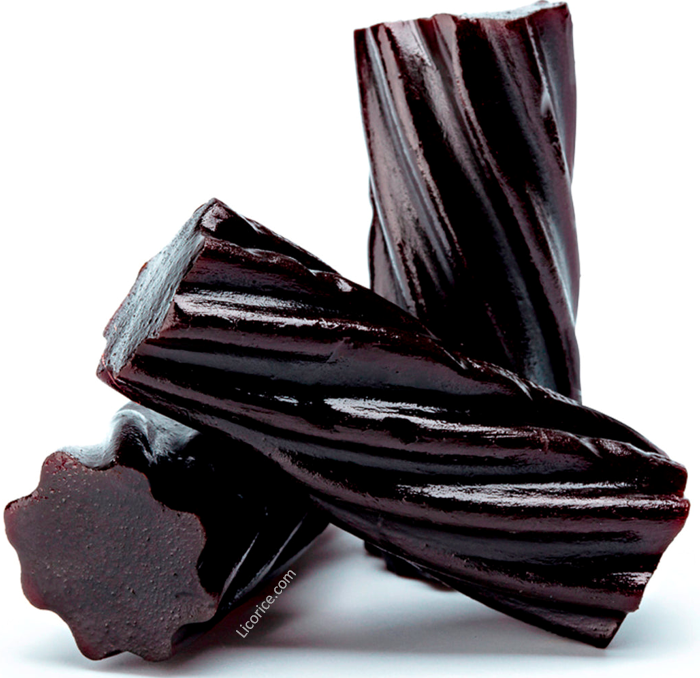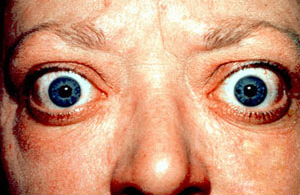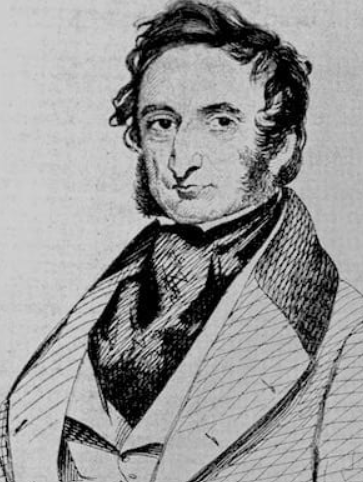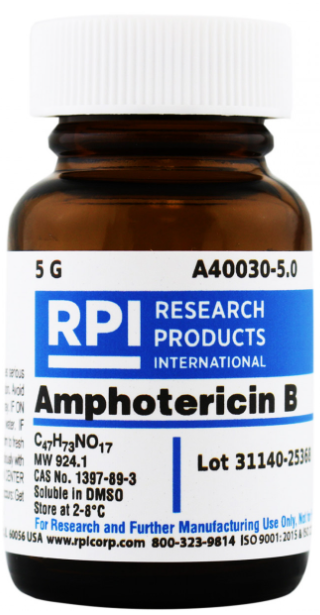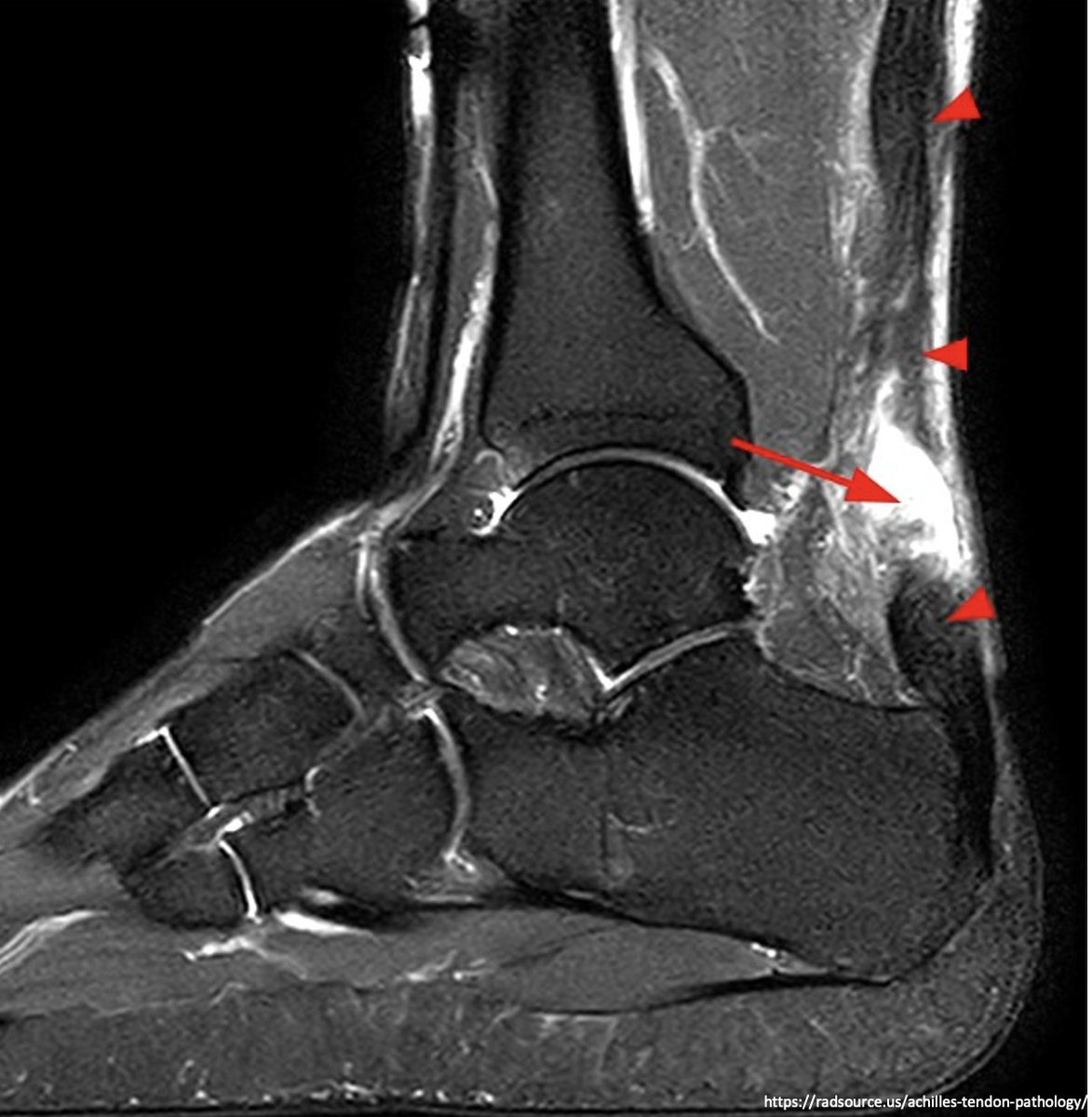1/
Why can multiple sclerosis symptoms worsen with heat exposure, something known as the Uhthoff phenomenon?
This question is especially relevant in the era of record-breaking heat waves and climate change.
#tweetorial #medtwitter
Why can multiple sclerosis symptoms worsen with heat exposure, something known as the Uhthoff phenomenon?
This question is especially relevant in the era of record-breaking heat waves and climate change.
#tweetorial #medtwitter

2/
In 1890, Wilhelm Uhthoff noted multiple sclerosis (MS) patients having a “marked deterioration of visual acuity during exercise" or after a hot bath, which ⬆️ body temperature.
1 patient lost vision just by walking vigorously in Uhthoff's clinic.
pubmed.ncbi.nlm.nih.gov/20375511/


In 1890, Wilhelm Uhthoff noted multiple sclerosis (MS) patients having a “marked deterioration of visual acuity during exercise" or after a hot bath, which ⬆️ body temperature.
1 patient lost vision just by walking vigorously in Uhthoff's clinic.
pubmed.ncbi.nlm.nih.gov/20375511/


3/
The Uhthoff phenomenon is now recognized as exceedingly common in MS.
Up to 80% of patients experience ⬆️ neurological symptoms w/ even small body temp increases. These can include diminished physical (eg gait) and cognitive (eg mental fog) function.
journals.sagepub.com/doi/abs/10.117…

The Uhthoff phenomenon is now recognized as exceedingly common in MS.
Up to 80% of patients experience ⬆️ neurological symptoms w/ even small body temp increases. These can include diminished physical (eg gait) and cognitive (eg mental fog) function.
journals.sagepub.com/doi/abs/10.117…

4/
Strikingly, almost any source of increased body heat can trigger the Uhthoff phenomenon:
Fevers and hot weather can do it, but even things like sitting in a hot bath/jacuzzi or using a hair dryer (!).
ncbi.nlm.nih.gov/books/NBK47024…
Strikingly, almost any source of increased body heat can trigger the Uhthoff phenomenon:
Fevers and hot weather can do it, but even things like sitting in a hot bath/jacuzzi or using a hair dryer (!).
ncbi.nlm.nih.gov/books/NBK47024…
5/
This 1959 case series vividly demonstrated the Uhthoff phenomenon in 14 MS patients.
9 were heated w/ infrared lamps and 4 were immersed in hot water baths.
Raising core body temps 0.5-2.5 deg F caused neurological symptoms in 13/14.
pubmed.ncbi.nlm.nih.gov/13655099/

This 1959 case series vividly demonstrated the Uhthoff phenomenon in 14 MS patients.
9 were heated w/ infrared lamps and 4 were immersed in hot water baths.
Raising core body temps 0.5-2.5 deg F caused neurological symptoms in 13/14.
pubmed.ncbi.nlm.nih.gov/13655099/

6/
So what is the mechanism of the Uhthoff phenomenon?Why would heat worsen MS symptoms?
Let's quickly review MS pathogenesis.
So what is the mechanism of the Uhthoff phenomenon?Why would heat worsen MS symptoms?
Let's quickly review MS pathogenesis.
7/
Recall that the hallmark pathology of MS involves autoimmune-mediated demyelination of central nervous system neurons.
This leads to impaired conduction of impulses between the Nodes of Ranvier, and slower overall axonal conduction.
ncbi.nlm.nih.gov/pmc/articles/P…

Recall that the hallmark pathology of MS involves autoimmune-mediated demyelination of central nervous system neurons.
This leads to impaired conduction of impulses between the Nodes of Ranvier, and slower overall axonal conduction.
ncbi.nlm.nih.gov/pmc/articles/P…

8/
Eventually a neurodegenerative phase can lead to progressive decline in neurological function.
pubmed.ncbi.nlm.nih.gov/24871874/

Eventually a neurodegenerative phase can lead to progressive decline in neurological function.
pubmed.ncbi.nlm.nih.gov/24871874/

9/
Returning to the Uhthoff phenomenon, a 2004 study found that heat exposure led to decreased neuronal conduction in MS patients. This could be "rescued" by cold exposure.
Conduction in normal controls was unaffected by heat.
pubmed.ncbi.nlm.nih.gov/15465437/

Returning to the Uhthoff phenomenon, a 2004 study found that heat exposure led to decreased neuronal conduction in MS patients. This could be "rescued" by cold exposure.
Conduction in normal controls was unaffected by heat.
pubmed.ncbi.nlm.nih.gov/15465437/

10/
In the same study, both the amount of heat-induced neuronal conduction blockage and subjective impairment of neuronal function correlated w/ decreases in walking speed.
In essence, heat-induced impairment of nerve conduction led to objective neurological dysfunction.
In the same study, both the amount of heat-induced neuronal conduction blockage and subjective impairment of neuronal function correlated w/ decreases in walking speed.
In essence, heat-induced impairment of nerve conduction led to objective neurological dysfunction.

11/
So why would heat slow conduction specifically in demyelinated neurons?
Neurons adapt to demyelination by adding additional axonal membrane Na channels, a process called ion channel adaptation, to try to maintain conduction speed...
pubmed.ncbi.nlm.nih.gov/30377640/
So why would heat slow conduction specifically in demyelinated neurons?
Neurons adapt to demyelination by adding additional axonal membrane Na channels, a process called ion channel adaptation, to try to maintain conduction speed...
pubmed.ncbi.nlm.nih.gov/30377640/
12/
But these new Na channels have altered physiologic properties so that they are more heat-sensitive, and CLOSE if the temperature increases even slightly.
This premature closure w/ ⬆️ temperature hyperpolarizes the axon and dramatically ⬇️ conduction.
pubmed.ncbi.nlm.nih.gov/23732530/

But these new Na channels have altered physiologic properties so that they are more heat-sensitive, and CLOSE if the temperature increases even slightly.
This premature closure w/ ⬆️ temperature hyperpolarizes the axon and dramatically ⬇️ conduction.
pubmed.ncbi.nlm.nih.gov/23732530/

13/
Demyelinated axons also have excessive potassium efflux, which further hyperpolarizes the membrane and slows conduction, contributing to a predilection for the emergence of the Uhthoff phenomenon.
Demyelinated axons also have excessive potassium efflux, which further hyperpolarizes the membrane and slows conduction, contributing to a predilection for the emergence of the Uhthoff phenomenon.

14/
In terms of treatment, active cooling re-opens closed Na channels and helps resolve symptoms.
The K channel blocker 4-Aminopyridine (4-AP), used for motor symptoms in MS, also improves axonal conduction by prolonging action potential duration.
pubmed.ncbi.nlm.nih.gov/23732530/

In terms of treatment, active cooling re-opens closed Na channels and helps resolve symptoms.
The K channel blocker 4-Aminopyridine (4-AP), used for motor symptoms in MS, also improves axonal conduction by prolonging action potential duration.
pubmed.ncbi.nlm.nih.gov/23732530/

15/SUMMARY
🧠The Uhthoff phenomenon in MS involves worsening neurological symptoms w/ heat exposure
🧠Any source of increased body temperature can provoke
🧠It results from increased density of heat-sensitive Na channels in demyelinated axons, which close w/ increased temperature
🧠The Uhthoff phenomenon in MS involves worsening neurological symptoms w/ heat exposure
🧠Any source of increased body temperature can provoke
🧠It results from increased density of heat-sensitive Na channels in demyelinated axons, which close w/ increased temperature
• • •
Missing some Tweet in this thread? You can try to
force a refresh





